The journey of a lifetime begins with the first step. Whether your section hiking along the Appalachian Trail or tackling the Pacific Crest Trail, having the right gear is essential for success.
Hiking sections of the Appalachian trail and Pacific Crest Trails (PCT) can be an incredibly rewarding experience.
The fresh air, views, and quaint towns are only a few of the things you’ll find when section hiking either trail. But before venturing off on any walk, it’s important to prepare by doing some research.
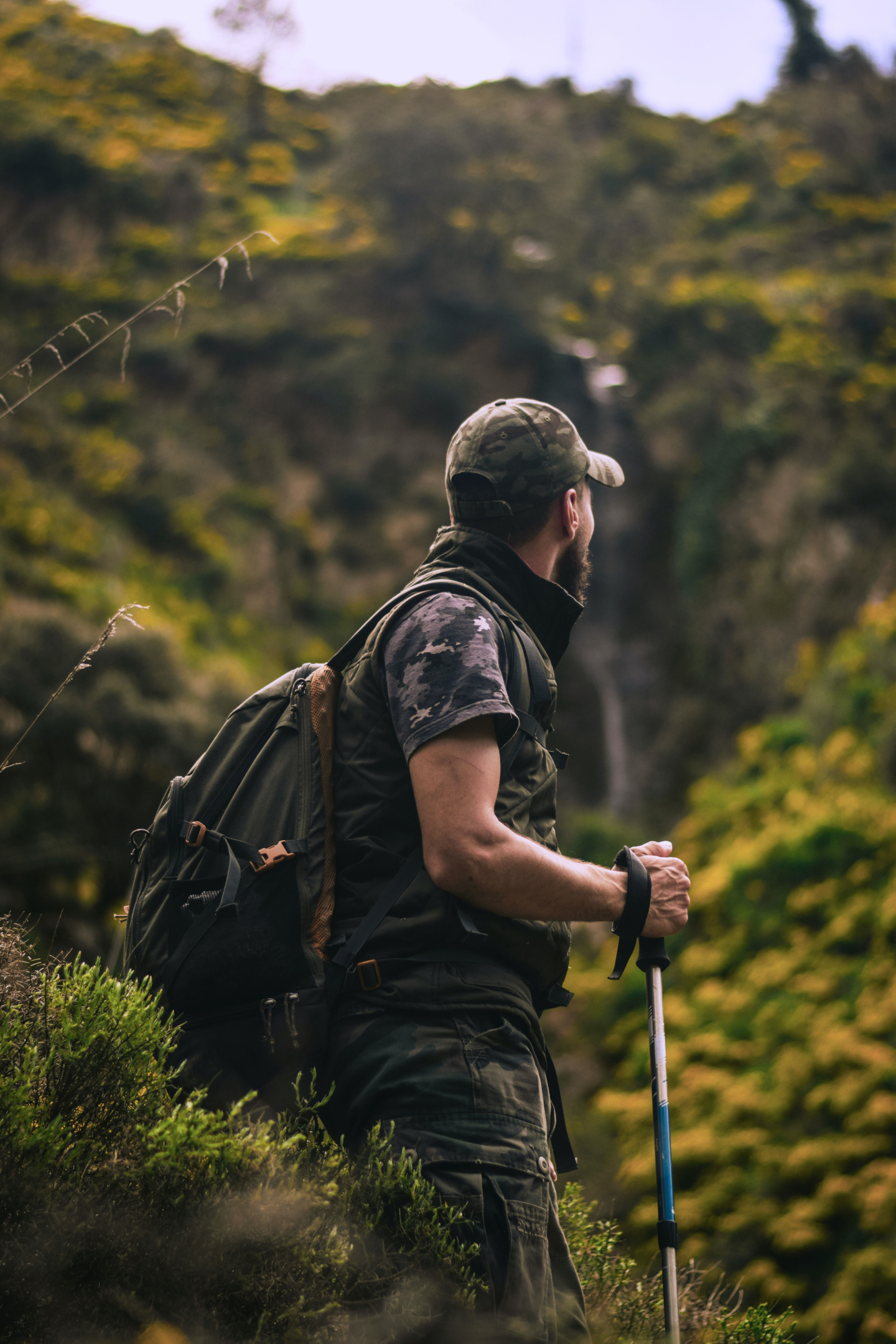
This section hiking guide will provide some essential tips to help you make the most of your experience.
When it comes to planning, it’s all about setting realistic goals, then making a plan and sticking to it. Figure out which sections of either trail you want to walk and how much time you have available.
Once that’s established, start researching the logistics. Check out topographic maps and other resources to get an understanding of the terrain you’ll be hiking through. It’s also important to research any permits or fees associated with each section, including camping or lodging fees.
When it comes to packing for your trip, remember the basics: a good pair of boots, plenty of food and water, quality camping gear, and clothing appropriate for the weather. Try to pack light but bring enough supplies to last you throughout your hike.
If you’re section hiking with a group, make sure everyone is on the same page when it comes to the type of gear they need to bring.
Finally, make sure to leave a detailed itinerary with friends or family and let them know when you plan on checking in. Stay alert and pay attention to your surroundings.
Make sure you have enough energy for the entire day by taking breaks and eating plenty of snacks throughout the day.
And above all else, enjoy – you’re sure to make memories that will last a lifetime.
Hike Your Own Hike
No matter the length of your hike, there is one important thing to remember: ‘Hike Your Own Hike’. It’s a simple mantra which essentially means that you should strive to discover and challenge yourself during your hikes – not for external validation or recognition from others.
Don’t compare yourself with other hikers; instead focus on the joy of the journey and the progress you make along the way.
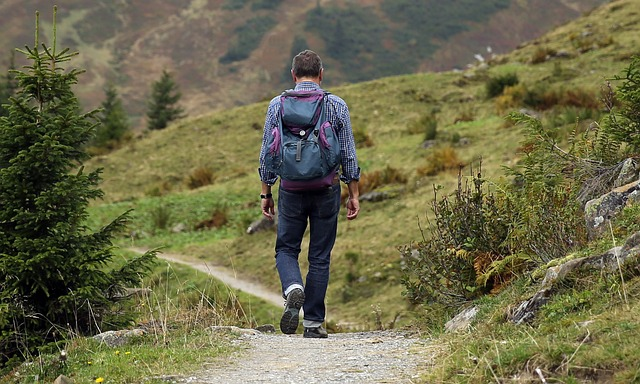
The most important part of section hiking is to be prepared for any situation, but also remain flexible on your route. There will be times when something unexpected arises and it’s best to have a backup plan or an alternative route in mind should this happen.
Having an idea of how much time you want to spend hiking each day and an estimate of the miles you will cover can help make your trip more enjoyable, but also remain open-minded to changing these plans if necessary.
Remember that safety comes first; it’s always better to stay safe than sorry. Be sure to carry a map and compass, as well as the necessary supplies and first aid items, to ensure you’re adequately prepared for any eventuality.
Above all else, enjoy your hike; be in the moment and embrace all that nature has to offer. You will come across plenty of beautiful sights along the way and it’s important to take a step back sometimes and appreciate them.
Section hiking can be a fulfilling and rewarding experience, so remember to relax, have fun and enjoy the views!
How Can I Get Started With Section Hiking?
For those looking to get started with section hiking, the best way is to start small and stay safe. Plan a hike that is no longer than a few days and can be completed in one outing.
Pick an area with trails that are well-marked and easy to follow. Make sure you have all the right equipment – good hiking boots, plenty of water, and a map.
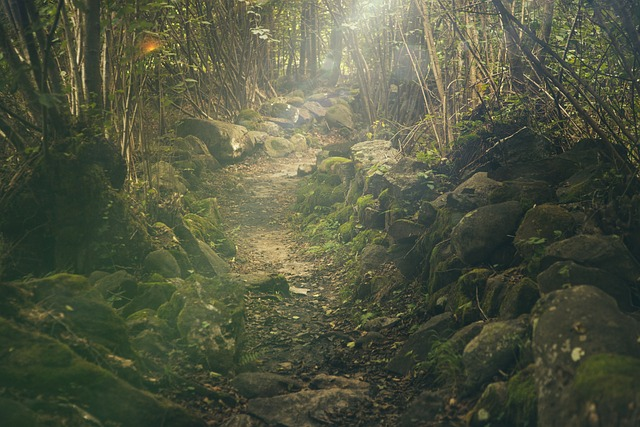
Bring along a friend or family member who is well-versed in hiking so they can help you out if needed. When it comes to packing, keep it light – don’t overburden yourself with too much gear.
Finally, before heading out it’s important to research the trail you’re planning on taking and check the weather forecast. With these basic tips, you can start your section hiking with confidence and have a successful experience.
How Long Is A Section Hike?
Section hikes typically range from one to two weeks, but longer hikes are not unheard of. As with any other type of hike, the length of your section hike will depend on your own goals and abilities.
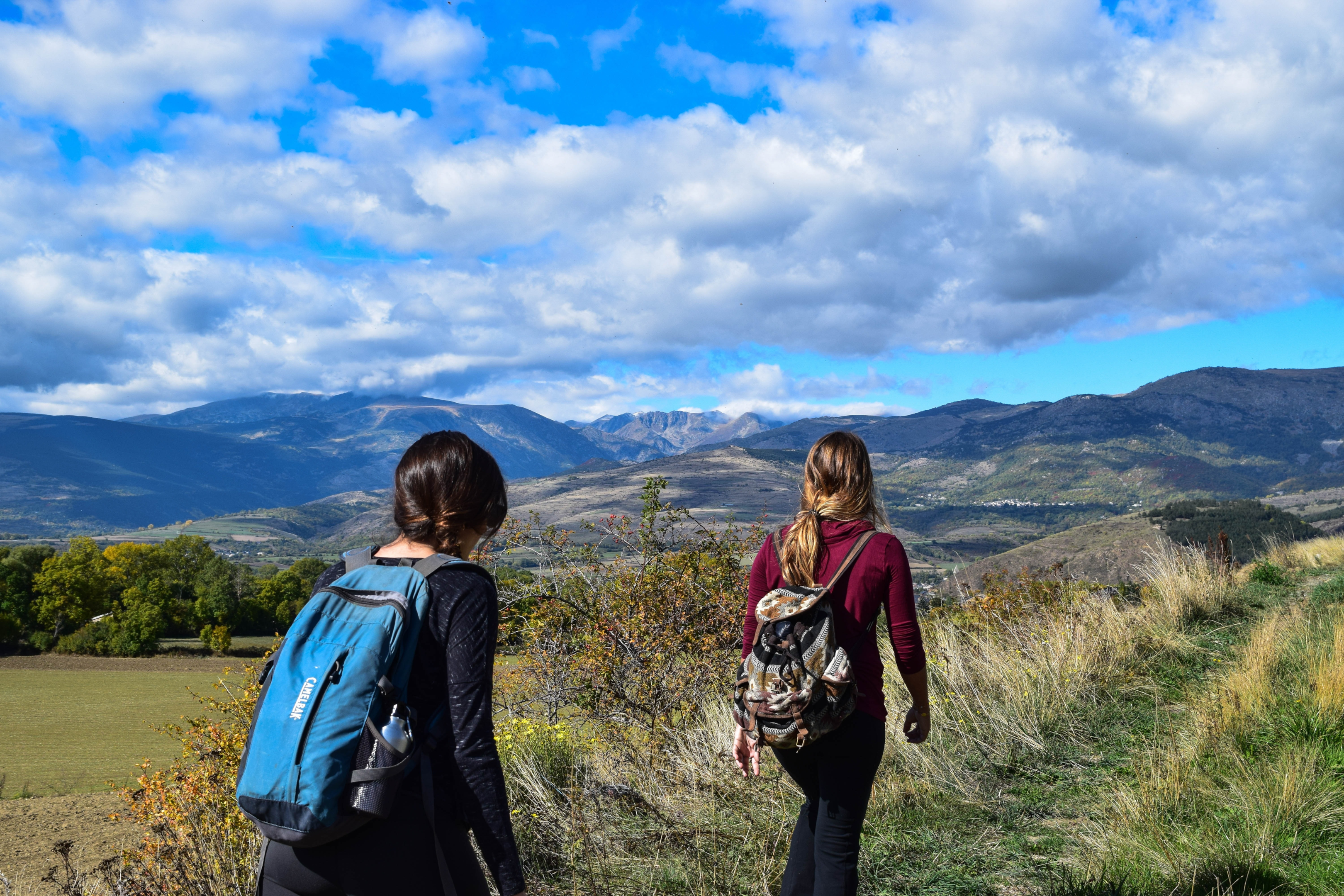
You should plan out a route based on the available terrain and the amount of time you want to spend in each area; this will help you get the most out of your section hike.
Additionally, remember to factor in rest days and buffer days so that you don’t become too tired or stretched thin.
With a little bit of planning and dedication, you can ensure an unforgettable experience.
Preparing For A Section Hike VS. A Thru Hike
Section hiking may seem like a piece of cake compared to a thru-hike, but you still need to be prepared before heading out.
First and foremost, it is important to plan your route ahead of time—decide on the distance you would like to cover each day and research hiker-friendly lodging along the way.
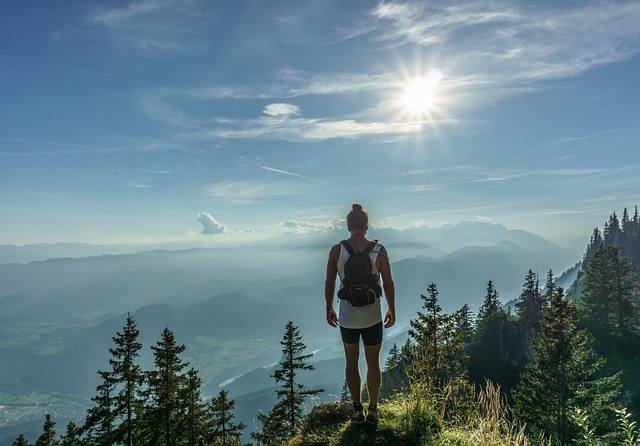
Additionally, make sure to pack appropriately for the terrain, climate, and elevation. It is also a good idea to bring some emergency supplies such as a first-aid kit and navigation tools just in case.
In terms of physical preparation, section hikers should be able to handle the same kind of mileage that thru-hikers do daily.
You should also focus on building up your stamina by slowly increasing the length of hikes over time.
This will help you to become an overall stronger and more experienced outdoor enthusiast.
Finally, be sure to remain safe while out on the trail—avoid hiking in bad weather and always tell someone where you are going and when you plan to return.
With some focused preparation and the right supplies, you’ll be ready for a successful walk.
IF YOU ARE UNABLE TO COMPLETE YOUR SECTION HIKE IN ONE TRIP Sometimes life gets in the way and it is not always possible to complete your section hike all at once. If this happens, don’t worry!

Most trails will allow you to pick up where you left off the next time around. Just be sure to keep track of your progress so you can continue from the same spot.
Section hiking offers a great way for hikers to experence different areas over an extended period and still have the satisfaction of reaching their destination eventually. Enjoy every bit of it!
What Are The Advantages Of Section Hiking vs Thru-Hiking?
Section hiking offers the advantage of being able to break up a long hike into smaller, more manageable sections.
It also allows for greater flexibility in terms of when and how much you hike as you can schedule your hikes around other commitments or take longer breaks in between sections.
Furthermore, section hiking allows for more variety in terms of scenery and terrain since you can choose to hike different sections of the trail each time.

You also don’t have to commit to the entire journey at once, so you can decide after completing a section whether or not you want to continue with your adventure. Finally, it’s generally easier on your body as you’re able to take regular breaks and rest between hikes.
All of these advantages make section hiking a great option for those who want to enjoy the outdoors but don’t necessarily have the time or energy to commit to thru-hiking.
No matter which way you choose to hike, it’s important to remember that safety should always be your top priority.
Make sure you’re properly prepared and equipped with the right gear, and always plan for the unexpected.
With a bit of preparation and common sense, you can have an amazing adventure with section hiking!
Day Hiking
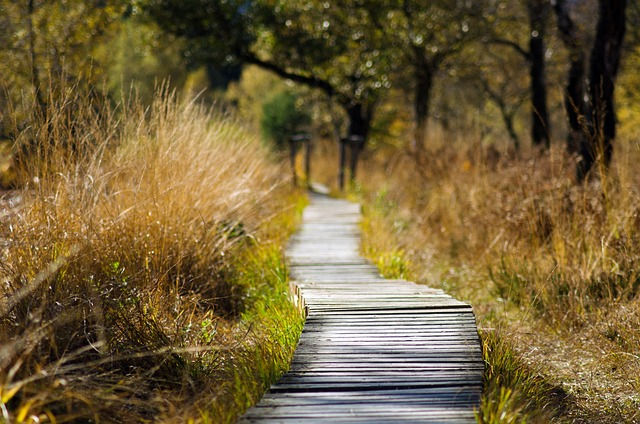
Day hiking is a great way to get out and explore the wild without having to commit to an overnight adventure. Whether you’re looking for a short jaunt along your favorite trail or a more challenging day trip, there are plenty of options available.
Here are some tips for making sure your day hike goes off without a hitch:
- Make sure you have the right gear. Even a day hike can quickly turn into an unpleasant experience if you’re not prepared for weather changes or unexpected trail conditions.
- Be sure to bring plenty of water, snacks, and a first aid kit just in case.
- Plan ahead by researching the area beforehand. Check out maps reviews, and trail difficulty ratings ahead of time so you know what to expect.
- Wear comfortable clothing and shoes. Following the right safety precautions is essential when day hiking, so make sure your attire is suitable for the terrain.
- Let someone know where you’re going. Making sure someone knows your intended route and expected return time can be a lifesaver in case of an emergency.
- Respect nature and wildlife. Be sure to follow Leave No Trace principles, such as packing out all your trash and not disturbing natural habitats or wildlife.
With the right preparation, day hikes are an ideal way to get out into nature for a one-day adventure. With these tips in mind, you’ll be sure to have a safe and enjoyable experience!
Pacific Crest Trail (PCT): Onion Valley To South Lake
Trailhead is a 14-mile section of the PCT located in California’s Eastern Sierra Nevada mountains. This popular stretch of trail includes plenty of spectacular views and challenging terrain, making it an ideal destination for experienced hikers looking to push their limits.
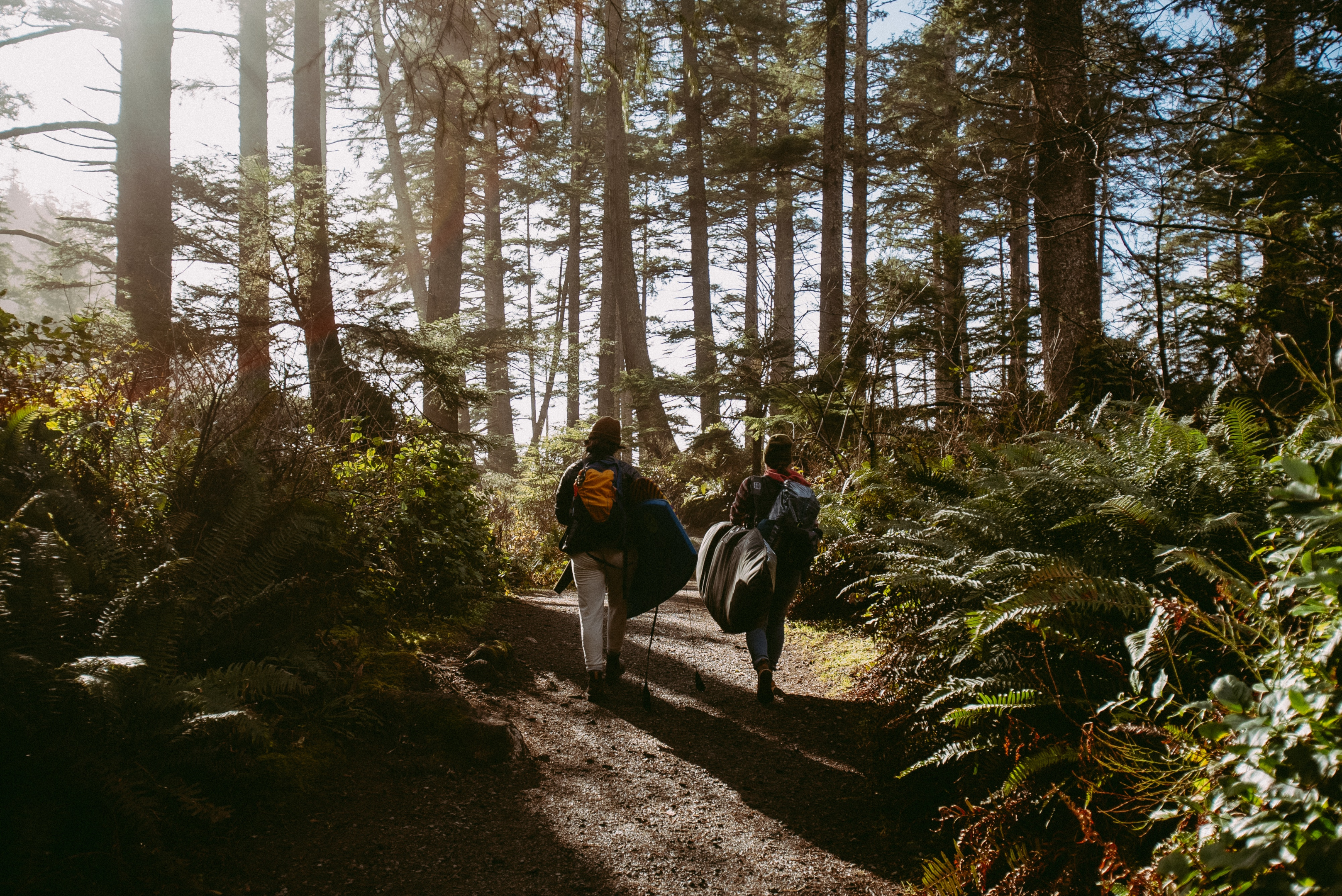
Starting at Onion Valley Trailhead, the trail winds up Kearsarge Pass and down into Kings Canyon National Park. Along the way, you’ll be treated to stunning views of the snow-capped Sierra Nevada mountains, as well as a variety of wildlife sightings and blooming wildflowers during certain times of the year.
Due to its length and elevation change, this section can be strenuous for some hikers. However, with careful planning and appropriate gear, it can be a rewarding and memorable experience. Be sure to carry plenty of water and snacks – you’ll need the energy for the steep uphill climbs!
After crossing Bullfrog Lake, you will make your way toward South Lake, where you can treat yourself to a well-deserved rest. From here, you can choose to continue on the PCT, or take a break and see some of the nearby lakes.
No matter how you choose to tackle this section of the PCT, it’s sure to be an unforgettable experience. With its amazing views and challenging terrain, Onion Valley to South Lake is a must-do for experienced hikers looking to get their feet wet in a longer-distance hike.
The White Mountains, New Hampshire
The White Mountains of New Hampshire are a hiker’s paradise, boasting some of the most breathtaking scenery in all of New England.
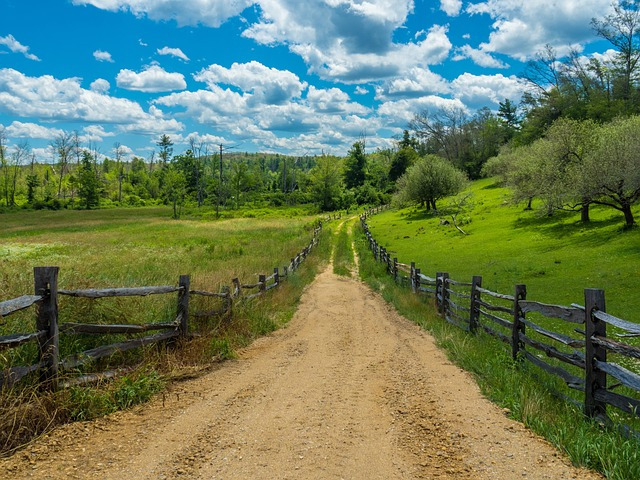
The Appalachian Trail (AT) traverses the entire length of this range, including sections through Franconia Notch and Crawford Notch state parks, providing hikers with an array of options for section hikes.
For those looking to experence the range, Crawford Notch offers a great opportunity for a moderate day hike. The trailhead starts at the AMC Highland Center and follows Ethan Pond Trail up to Mizpah Hut.
From there, hikers can take the Mille Trois Trail across several peaks before descending into Crawfords Notch and continuing the loop back to the AMC Highland Center. The Franconia Ridge Loop is one of the most popular hikes in the White Mountains, and for good reason.
This 8-mile loop traverses three high peaks – Mount Lincoln, Mount Lafayette, and Little Haystack Mountain – with ridge line hiking exposed to 360 degrees of views. The terrain is generally moderate, with a few switchbacks and rock scrambles.
The peak of Mount Lafayette offers one of the best views in all of New England, and it’s more than worth the effort to get there. No matter which hiking trails you choose, be sure to check conditions before you go, dress appropriately for the weather, and bring plenty of food and water.
With its wide range of trails, the White Mountains are a great destination for those looking to explore the Northeast via section hiking!
Finial Thoughts
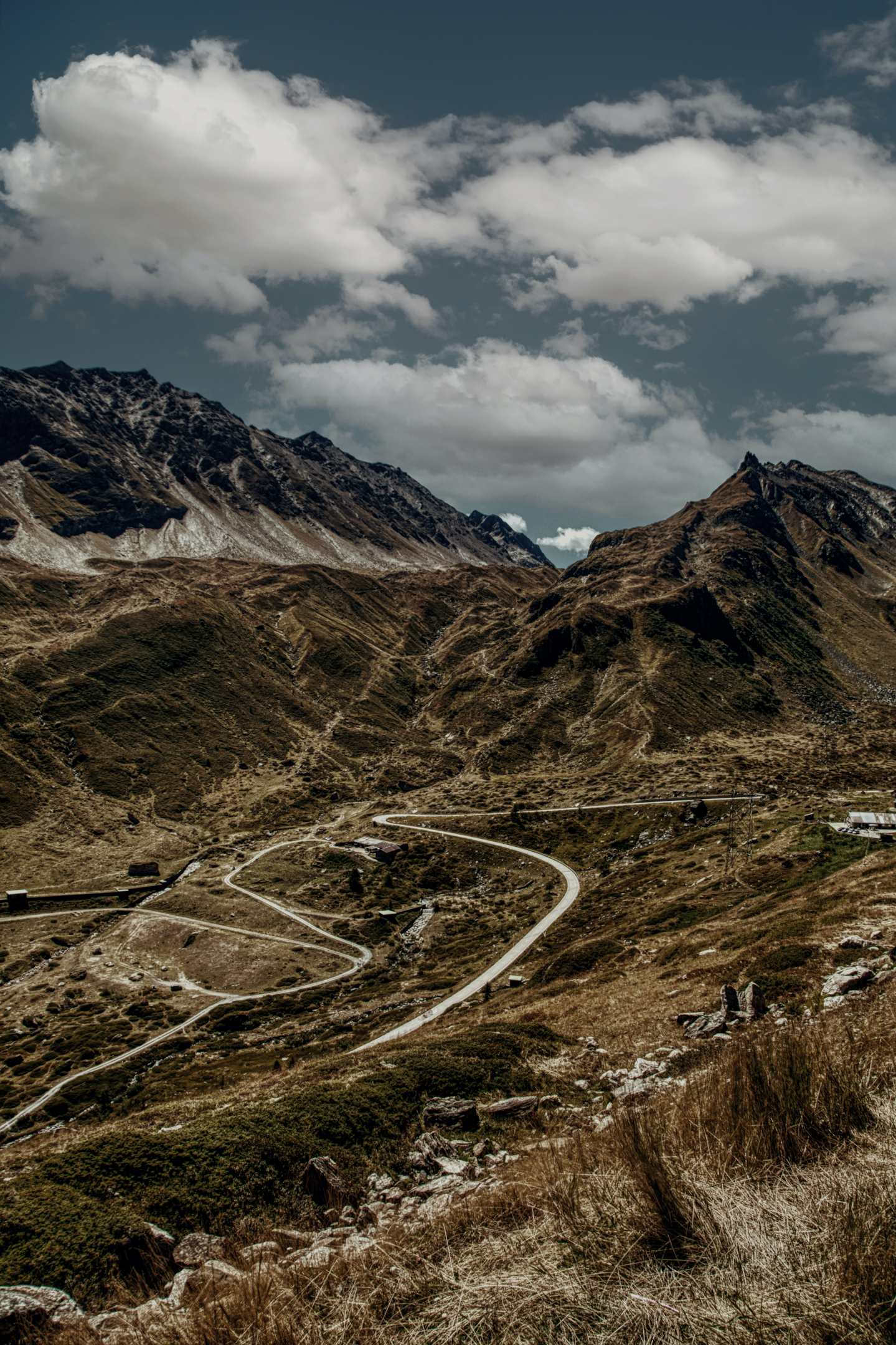
All in all, section hiking can be an incredibly rewarding experience and the possibilities are endless!
Whether you want to experience the lofty mountains of the Appalachians or traverse the wilds of the Pacific Coast Trail – or even just explore your local area! – there is a hike that is perfect for you.
Don’t let the vastness of these trails deter you, because with some planning, research, and preparation everyone can be a successful section hiker.
So take this guide as an encouragement to get out there and have an adventure along one of these amazing trails. You won’t regret it!
Read more articles here.
Generated with Pin Generator


